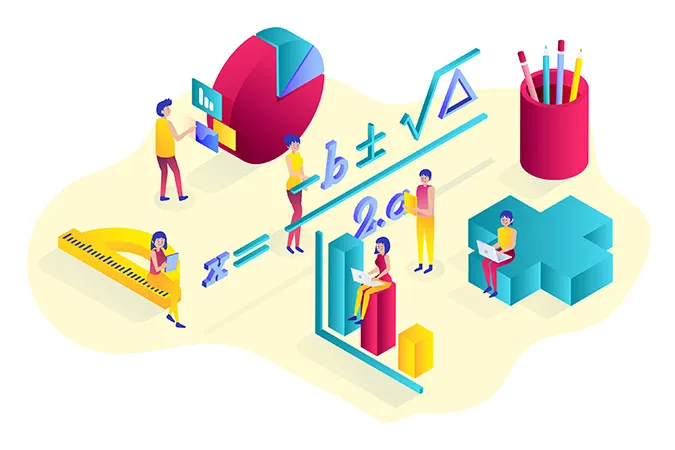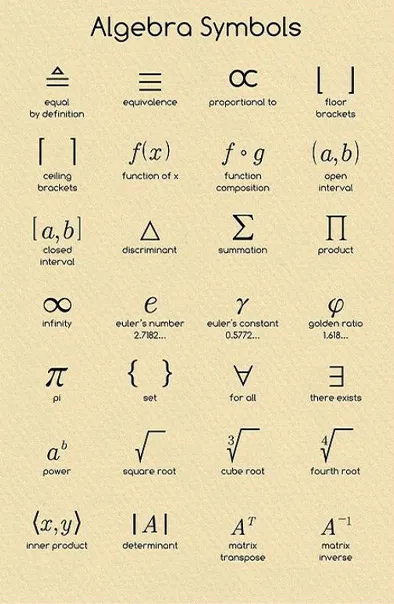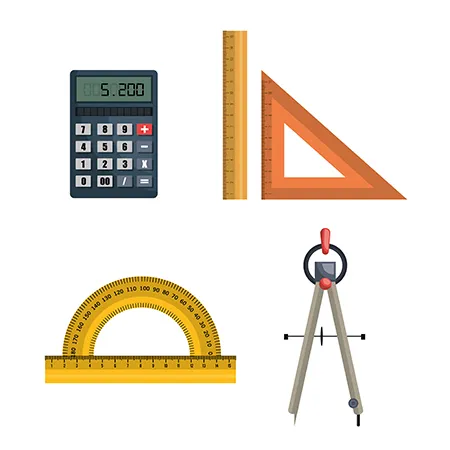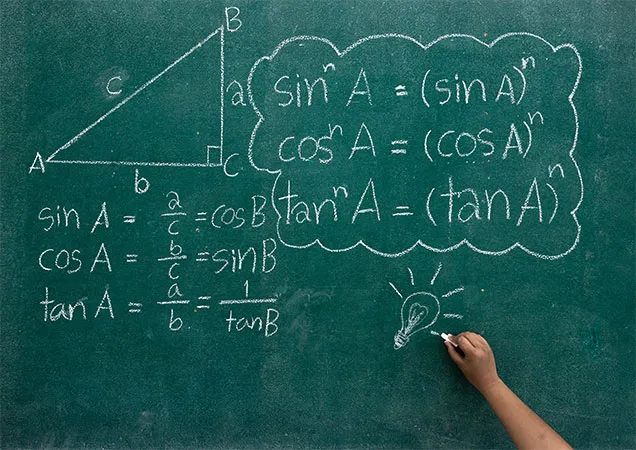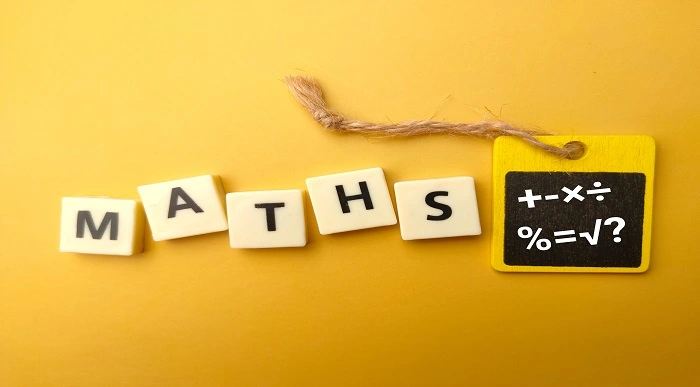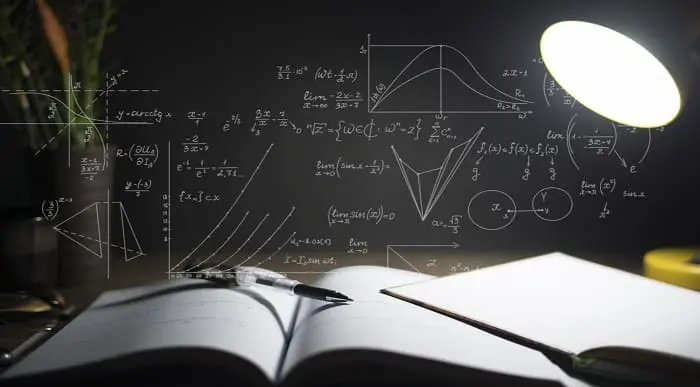Mathematical
What Does Maths Stand for? Everything You Need to Know [MATHS]
you ” What does Maths stand for? Maths is the short form of Mathematics. If somebody asks you to “define maths”, you have to identify what they are referring to. It can refer to both the discipline and the subject of mathematics. We also use the term to describe mathematical procedures.
In a statement such as “she enjoys studying maths and science,” – here, ‘maths’ refers to the subject or field of mathematics. On the other hand, the word ‘maths’ refers to real calculations in the statement – “She insisted on seeing his maths so she could understand his proposition.”
Mathematics is the science that deals with the logic of shape, quantity, and order in general. Maths is present in everything we do. It is the foundation for everything in our daily lives, including mobile gadgets, ancient and modern architecture, art, money, engineering, and even sports.
So, today we’re going to discuss what maths stands for, and how it originated and developed. As it’s a massive discipline, we cannot discuss it in such a brief manner. However, we’ll give you a small outlook into its branches.
Table of Content
What Does Maths Stand for?
So, again, what does Maths stand for? The full form is mathematics. Maths is the branch of science that studies numbers, forms, and their relationships. Arithmetic, which is the study of addition, subtraction, multiplication, and division, is an example of an area of maths.
Mathematics, in a broader sense, is a body of knowledge that includes topics such as-
- Numbers (arithmetic and number theory)
- Formulas and associated structures (algebra)
- Shapes and the spaces in which they exist (geometry)
- Quantities and their changes (calculus and analysis)
At this stage, a further curiosity about the history of mathematics may arise in our minds; therefore, let us dive a bit deeper there.
Are you looking for a Functional Skills Maths Level 2 Online course?
History of Maths
Prior to the modern era and the global transmission of information, only a few places had written evidence of new mathematical breakthroughs.
Beginning around 3000 BC, the Mesopotamian states of Sumer, Akkad, and Assyria, closely followed by Ancient Egypt and the Levantine state of Ebla, began using arithmetic, algebra, and geometry for taxation, commerce, trade, as well as patterns in nature, astronomy, and to record time and formulate calendars.
Mesopotamia and Egypt
The earliest mathematical manuscripts we have available today are from Mesopotamia and Egypt-
- Plimpton 322 (Babylonian c. 2000 – 1900 BC)
- The Rhind Mathematical Papyrus (Egyptian c. 1800 BC)
- The Moscow Mathematical Papyrus are (Egyptian c. 1890 BC)
Because all of these manuscripts mention Pythagorean triples, it appears that the Pythagorean theorem is the most ancient and ubiquitous mathematical development after fundamental arithmetic and geometry.
However, Pythagoreans began to study maths in the sixth century BC. They first coined the term-
μάθημα
-which stands for ‘mathema’.
Greek
Greek mathematicians began using considerably more advanced methods and broadened the subject area of mathematics. One of the things that set them apart is their particular interest in logical reasoning and mathematical rigour in proofs.
Rome
Despite making literally no theoretical contributions, the ancient Romans used applied mathematics extensively in-
- Surveying
- Structural engineering
- Mechanical engineering
- Bookkeeping
- The construction of lunar and solar calendars
- And even arts and crafts
Chinese
Chinese mathematicians later developed the place value system, and they were also the first to use negative numbers.
Asia and Arabic
The Hindu–Arabic number system and the rules for its operations, which are still in use today, arose in India during the span of the first millennium AD and were communicated to the Western world via Islamic mathematics through the work of Muhammad ibn Ms al-Khwrizm. In turn, Islamic mathematics evolved and enlarged on the mathematics known to these civilisations.
Mexico and Central America
The mathematics established by the Maya civilisation of Mexico and Central America, which was contemporary but independent of these traditions, first introduced the notion of zero.
From the 12th century forward, many Greek and Arabic writings on mathematics were translated into Latin, resulting in further growth of mathematics in Mediaeval Europe.
From the ancient times to the Middle Ages, periods of mathematical discovery would often follow centuries of no new studies into the discipline.
However, beginning in Renaissance Italy in the 15th century, new mathematical advancements were made at an increasing rate, interacting with new scientific discoveries, which have continued until the present day. This includes the groundbreaking work of Sir Isaac Newton and Gottfried Wilhelm Leibniz in the development of infinitesimal calculus in the 17th century.
The International Congress of Mathematicians was created towards the end of the nineteenth century and continues to lead breakthroughs in the subject.
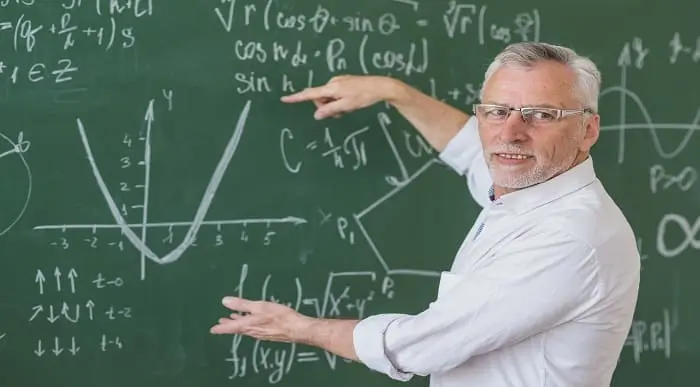
Functional Skills Maths Level 1 Online Course with Exam
- Accredited Courses
- Tutor Support Included
- 3 Installment Plan at checkout
- 14 Days Money Back Guarantee
Branches Of Mathematics
Mathematics is divided into the following branches:
- Arithmetic
- Algebra
- Geometry
Additional branches have been discovered based on these.
Arithmetic
Arithmetic is the oldest and most fundamental among the various fields of mathematics, concerned with numbers and the basic operations of addition, subtraction, multiplication, and division.
Algebra
Algebra is a type of arithmetic in which we use unknown variables in addition to integers. These unknown variables are denoted by letters of the English alphabet, such as X, Y, A, B, and so on, as well as symbols (a maths symbol). The use of letters allows us to generalise formulas and principles while also helping us calculate unknown missing values in algebraic expressions and equations.
Algebra Maths Symbols
The above are the most common operations in algebra. However, our reference list here, by no stretch of the word: complete. You’ll discover many more as you dig deeper into the world of algebra.
Geometry
Geometry is the most practical subject of mathematics that deals with the forms, proportions, and properties of figures. Points, lines, angles, surfaces, and solids are the fundamental constituents of geometry.
Other Fields of Mathematics
Here are some other fields of mathematics which you will encounter in higher-level studies.
- Trigonometry
- Analysis
- Linear Algebra
- Combinatorics
- Number Theory
- Logic
- Statistics
- Set Theory
Trigonometry
Trigonometry studies relationships between angles and sides of triangles derived from two Greek concepts, trigon (meaning triangle) and metron (means measurement).
Analysis
Analysis is the discipline of mathematics that studies the rate of change in various quantities. Calculus is the foundation of analysis.
Linear Algebra
Linear algebra is a subfield of algebra and an area of mathematics. It is used in chemistry, cryptography, geometry, linear programming, and other fields to study lines, planes, and subspaces.
Combinatorics
Combinatorics was formed from the word ‘combination’; therefore, it is used to combine objects according to arrangement standards.
It is further divided into two categories: enumeration and graph theory. Permutation, an arrangement in which order is important, is frequently employed in both types.
Number Theory
The study of positive integers, their relationships, and their properties is known as number theory or higher arithmetic. Because of its essential role in mathematics, it is frequently referred to as “The Queen of Mathematics.”
Logic
Logic is the mathematical science that investigates formal languages, formal reasoning, the nature of mathematical proof, the probability of mathematical propositions, computability, and other aspects of mathematics foundations.
It seeks to reduce any uncertainty created by the ambiguity of natural language.
Statistics
Statistics are gathering, analysing, measuring, interpreting, presenting, and summarising data. It is utilised in various domains, including business analytics, demography, epidemiology, population ecology etc.
Top Courses of this Category
Set Theory
Set theory is an area of mathematics dealing with the formal properties of a well-defined set of objects as units (independent of the nature of each constituent) and using Set as a means of representation for other branches of mathematics.
FAQs
What is median maths term?
The median is the value in the middle of a list that is sorted from least to largest.
What are the 4 operations in maths called?
Addition, subtraction, multiplication, and division are the four arithmetic operations in maths.
What is operation number?
Mathematical operation is when you calculate a value with operands and a maths operator.
Which maths operation comes first?
To understand the order of mathematical operation, we often use the acronym PEMDAS, which stands for parentheses, exponents, multiplication and division from left to right, and addition and subtraction from left to right.
Students often use BODMAS instead, which stands for brackets, orders (powers/indices or roots), division, multiplication, addition, subtraction.
But both of them refer to the same thing so you can use whichever one suits your memory the best.
What does PEMDAS mean, and why does it matter?
Refer to the above question, “Which maths operation comes first?” to understand PEMDAS. PEMDAS helps us remember how to order the operations so that get the correct value for a problem.
What is the acronym letters we use to remember the order of operations?
Refer to the above question, “Which maths operation comes first?”
What is the 47th prime number?
There are two factors in 211: 1 and 211, making it a prime number. It is the 47th prime number and the first prime number in the range 201-300.
Where does Euler’s number, e, come from?
Leonhard Euler, the famous mathematician, discovered the number e and determined its value to 23 decimal places. It is Euler’s number and, like pi, is a transcendental number. It means that it is not the root of any algebraic equation with integer coefficients.
Conclusion
So, what does maths stand for? It’s short for mathematics, a diverse and beautiful field. Your immediate thoughts must be, “Beautiful?” and we’d again say, yes. We totally agree that maths as a field is a bit harder to grasp than something like literature, for example.
However, in the long run, you’ll see that those who try to peek into the domain of maths develop many valuable skills; logical reasoning, analytical abilities, and research skills, to name a few. These skills, in turn, help them enjoy a more fulfilling personal and professional life.
What to Read Next:
- Is A-Level Maths Hard? Details About A-Level Maths
- What is a Sum Maths – Importance and Use of Sum Maths
- What is Modal in Maths? – How to Calculate and Formula?
- Maths Prefixes and Suffixes – Definition, Example and Calculation
- What does Factorising Mean in Maths – Example of Factorising Mean
- What is an Identity in Math – Example of Identity in Math
- What is the difference between Maths and Further Maths? Details Explain





